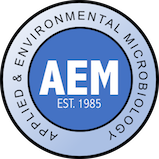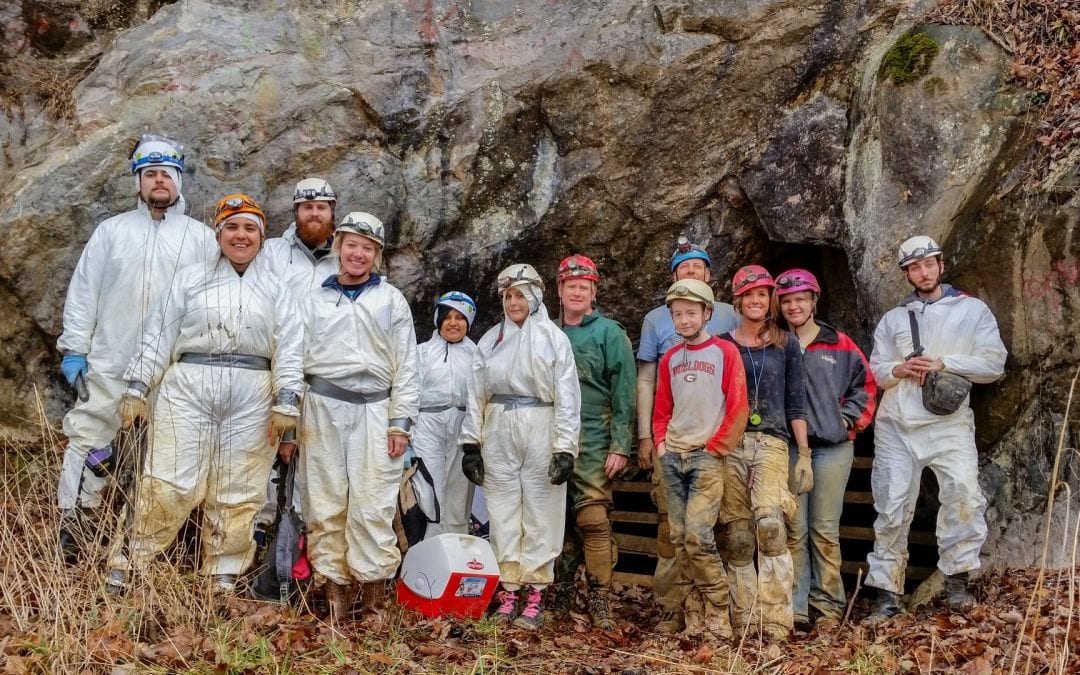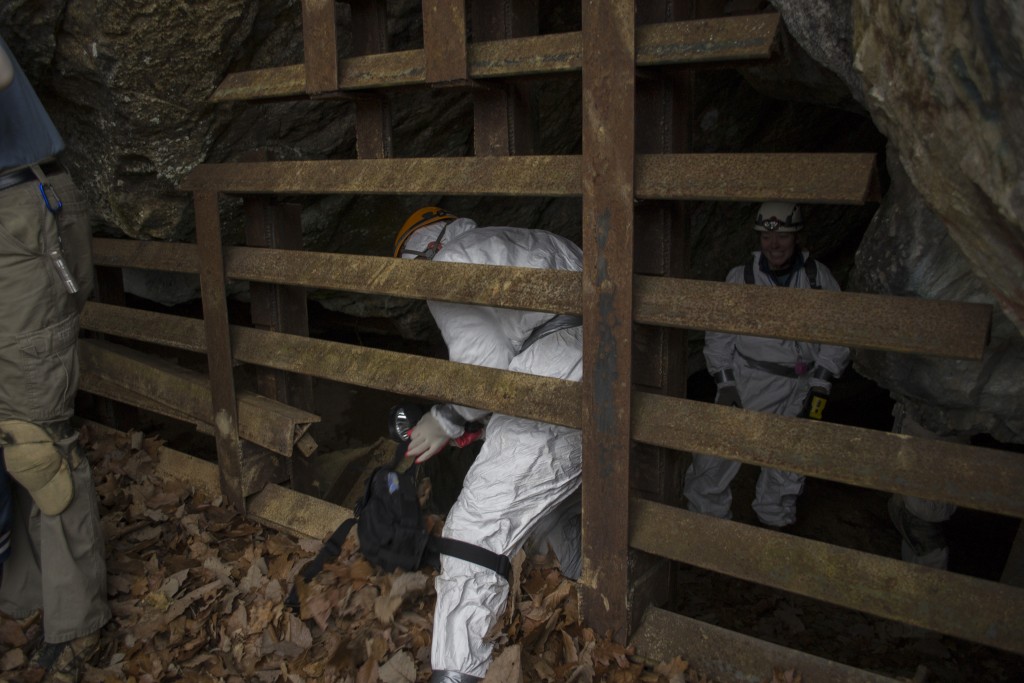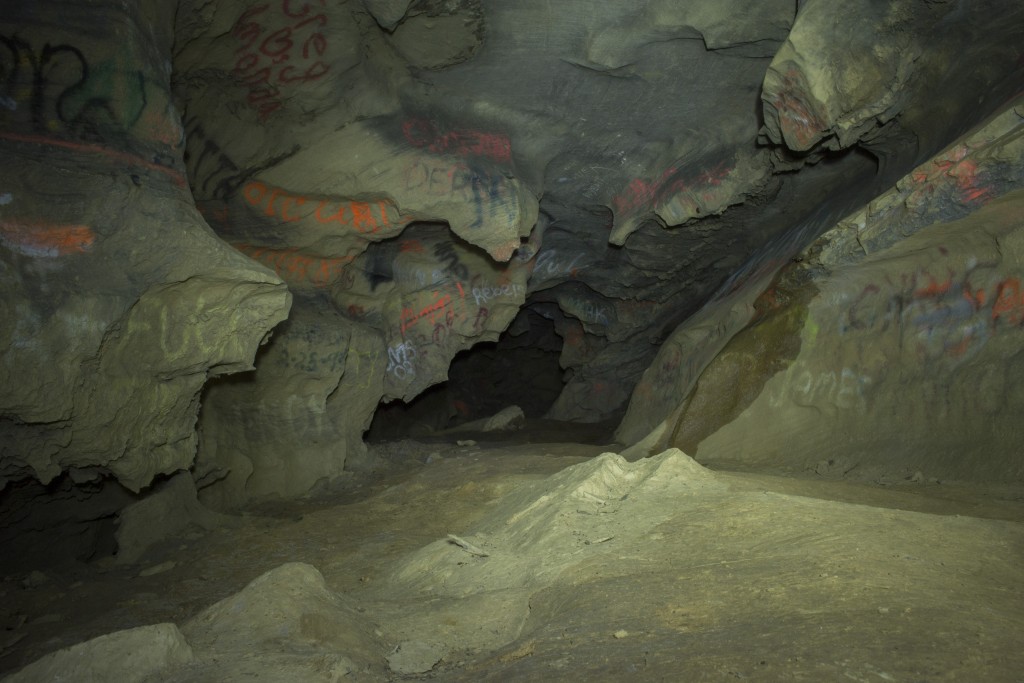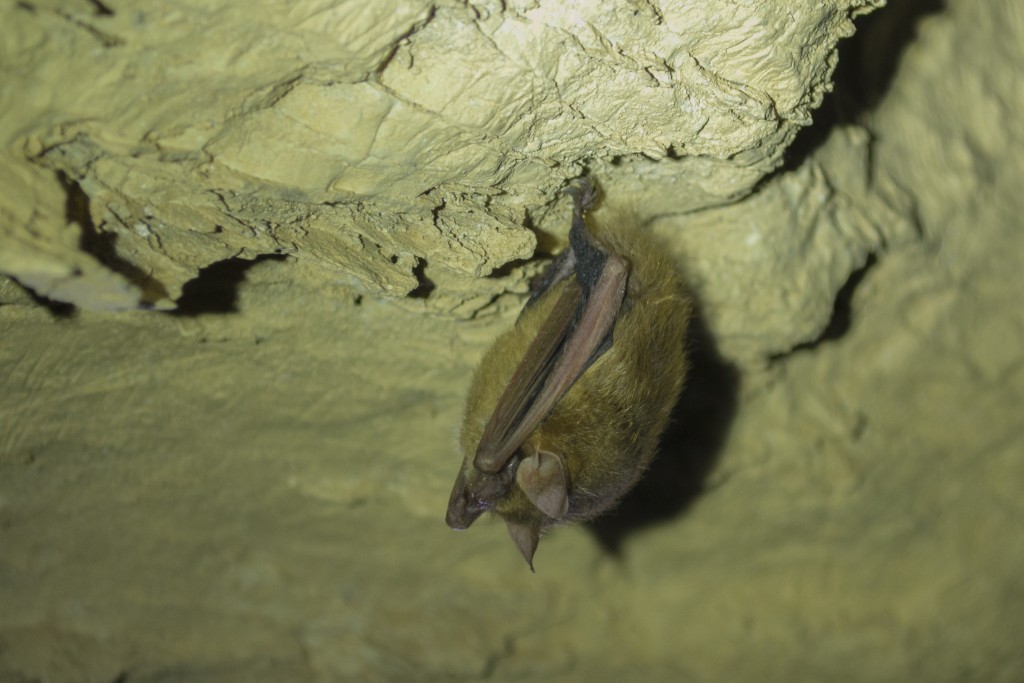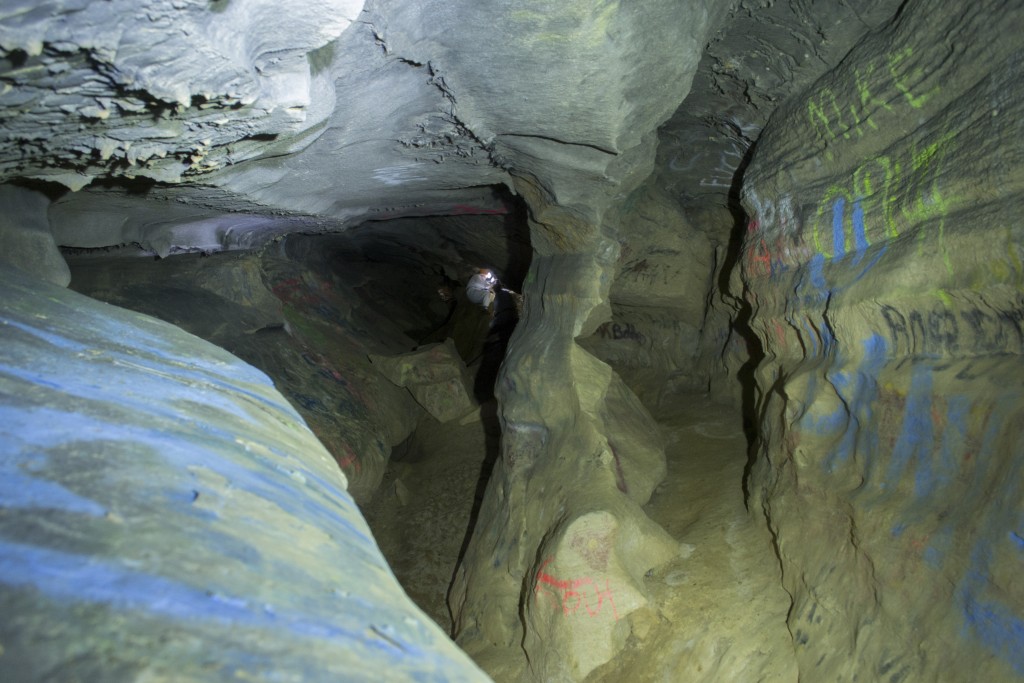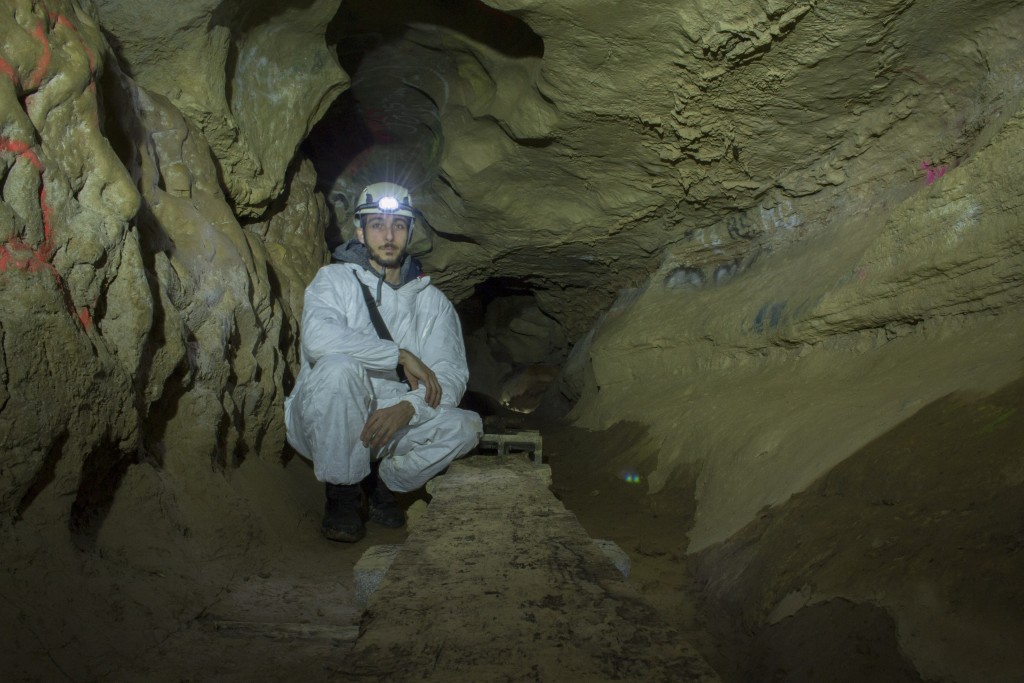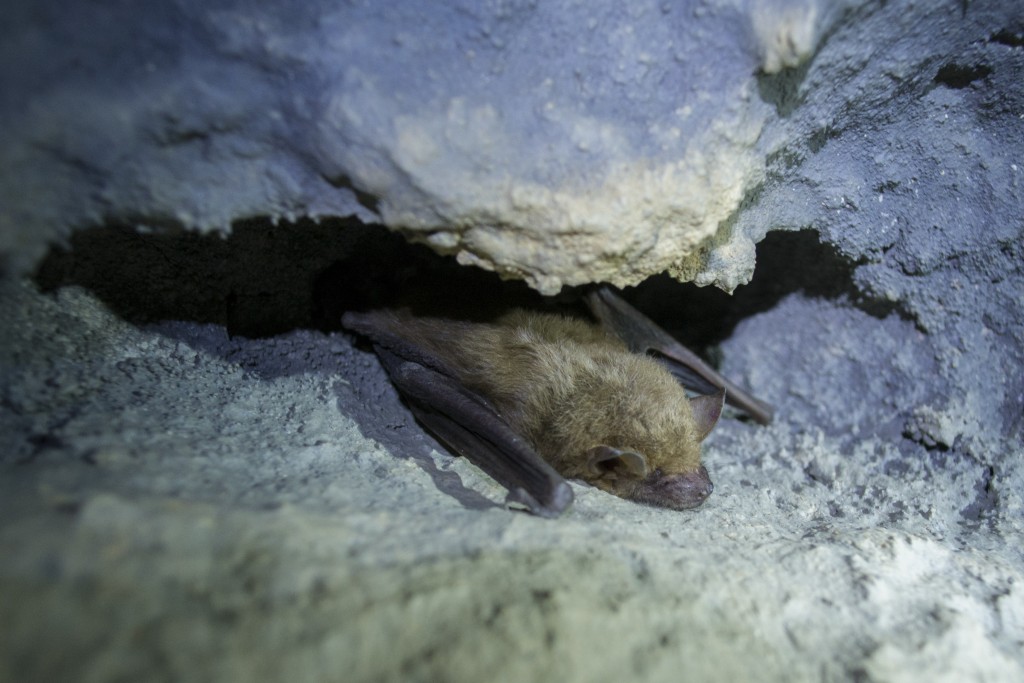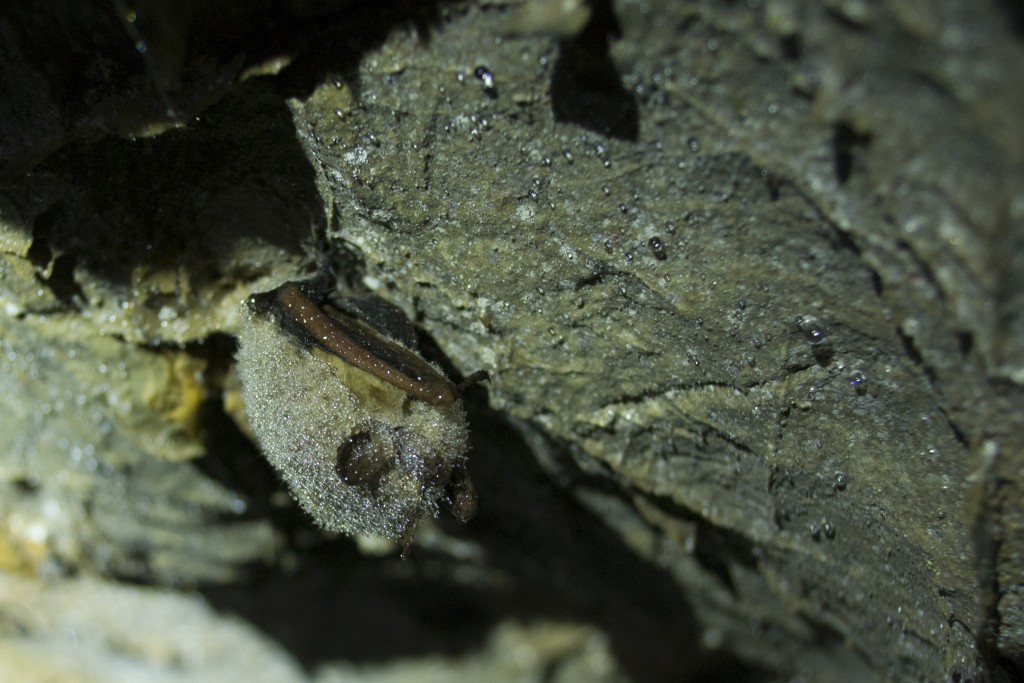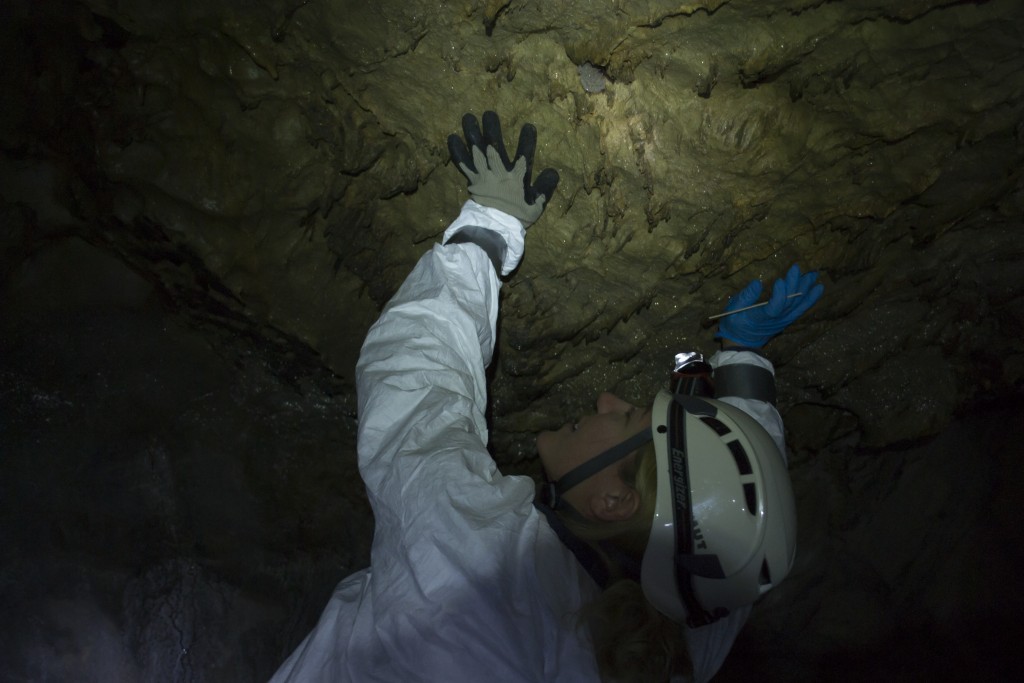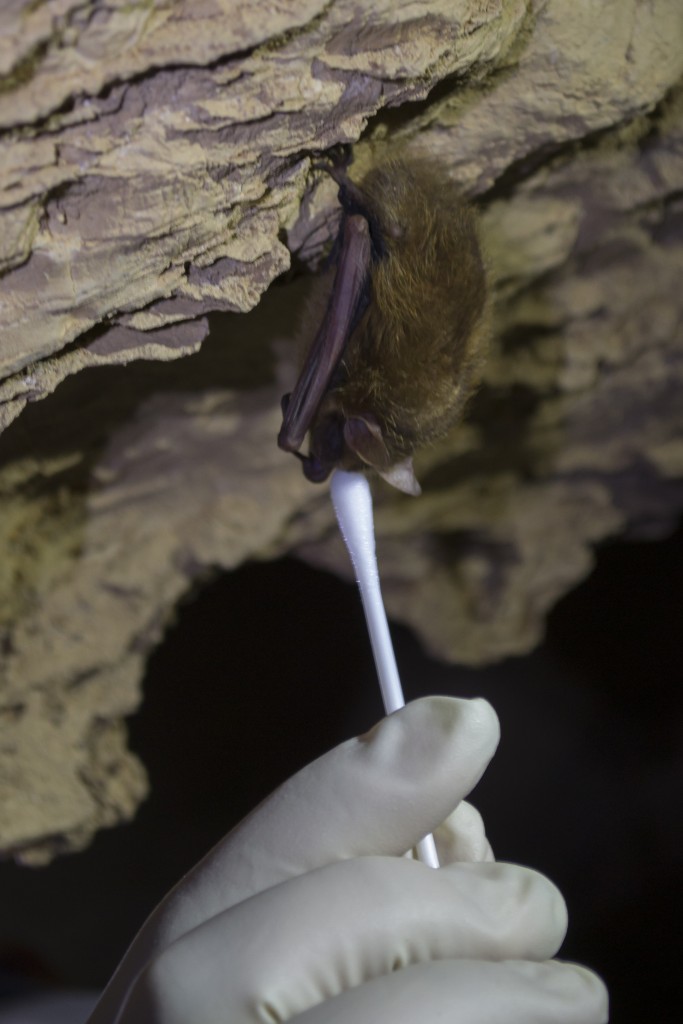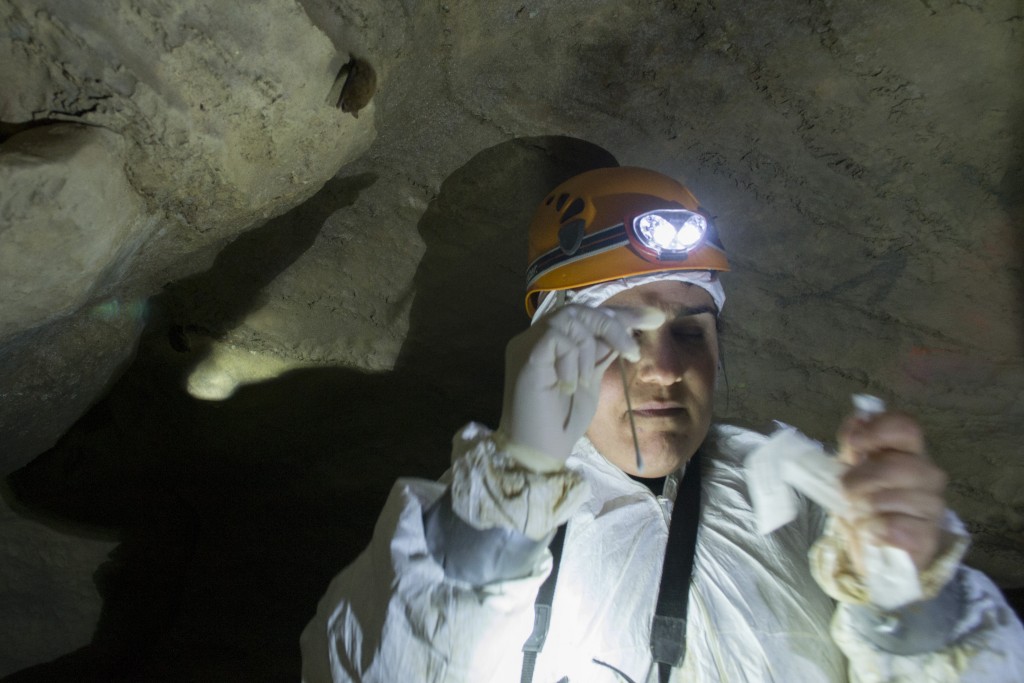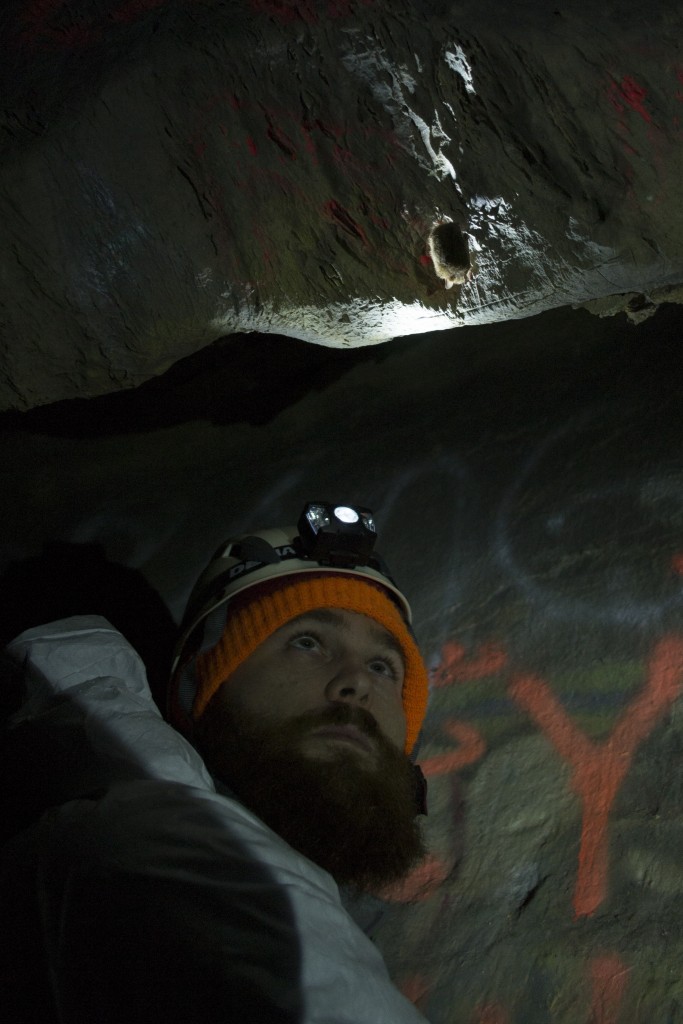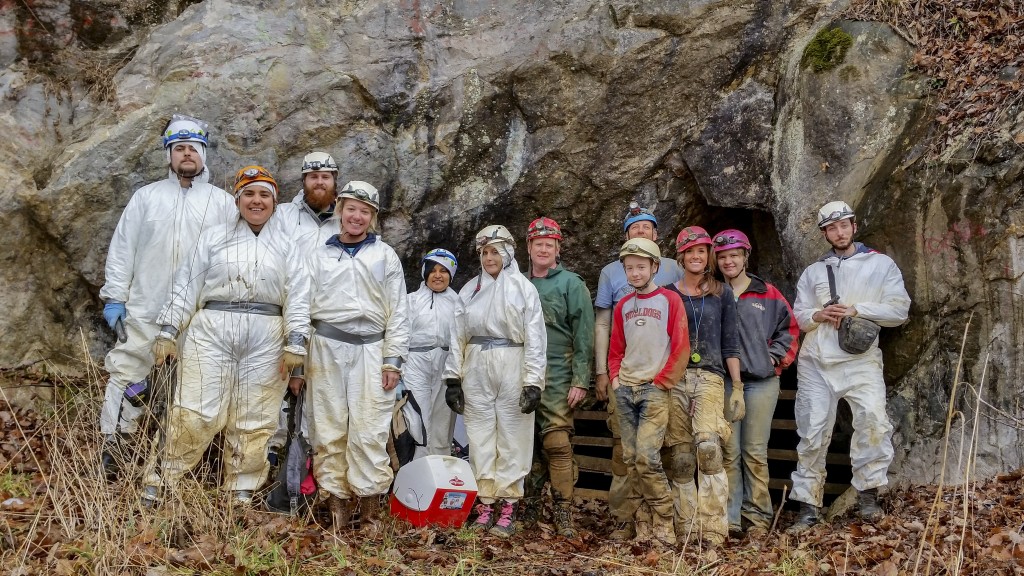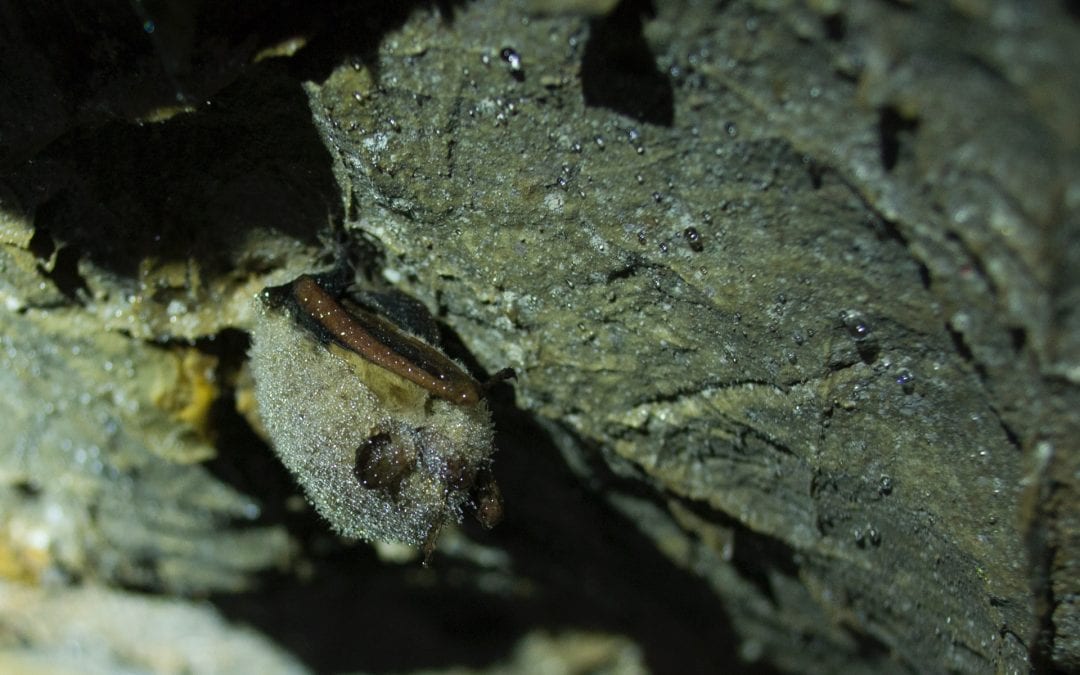
WNS-Treated Bats Released into Wild
On Tuesday, May 19th, bats that were treated for white-nose syndrome (WNS) were released back into the wild. This past winter’s experimental treatment has been heralded a success by researchers and federal wildlife management agencies. This marks the first time WNS-affected bats have been collected, treated, and released back into their natural environment.
Rhodococcus rhodochrous DAP 96253 is a particular strain of a ubiquitous, soil-dwelling bacterium that possesses unique metabolic activity. It was originally discovered by Dr. George Pierce of Georgia State University and was enhanced to delay the ripening of climacteric fruit, after the bacteria underwent an induction process of being grown under specific conditions. Interestingly, the delayed-ripening effects were being elicited by merely sharing the same air-space and without the fruit ever being in direct contact with the bacteria. It was also observed that there was a lower fungal burden on exposed fruit. After a range of susceptibility tests, it was found to posses the ability to inhibit spore germination and growth of Pseudogymnoascus destructans, the causative agent of WNS.
Dr. Chris Cornelison of Georgia State University, along with Dr. Sybill Amelon of the U.S. Forest Service Northern Research Station, Brooke Hines of the Kentucky Department of Fish and Wildlife Resources, and colleagues, treated infected bats this past winter by placing Petri plates containing induced cells of R. rhodochrous strain DAP 96253 in the shared air-space of the infected bats for 48 hours, at 4 cave sites in Missouri and Kentucky. After removing the Petri plates, the bats were monitored over the course of the winter.
Although many of the treated bats survived P. destructans infection, it is yet unknown, but believed to be unlikely, that this type of treatment will convey long-term resistance to the fungus. However, an increase of survivorship supports population stability and the potential evolution of an innate resistance in offspring. Further testing is necessary to ensure safety, enhance treatment efficacy, as well as overcome the many challenges faced with when working in a cave environment. We are also concurrently investigating the efficacy of a treatment device to suppress WNS by the gaseous dispersal of antifungal compounds.
Special Bacteria Helps Heal Sick Bats was produced in 2015 by National Geographic. It documents the first successful treatment of white-nose syndrome, by our research group and collaborators, and the release of those treated bats back into the wild.
–
USDA Forest Service: U.S. Forest Service Research Team Releases Bats Treated for WNS
Mother News Network: New remedy helps bats survive white-nose syndrome
The Nature Conservancy: Bananas to Bats: The Science Behind the First Bats Successfully Treated for White-Nose Syndrome
National Geographic: Killer Fungus That’s Devastating Bats May Have Met Its Match
Wired: The Newest Strategy to Save Bats From Extinction? Bacteria
Discovery: Common Bacterium Helps Bats With White-nose Syndrome
ABC News: Forest Service Sees Hope in Battle Against Bat Disease
Fox2Now: Experimental treatment being used to help save bats in Missouri
News-Leader: Missouri bats get fighting chance against deadly fungus
WABE: GSU Researcher Finds Possible Treatment For Bat-Killing Fungus
